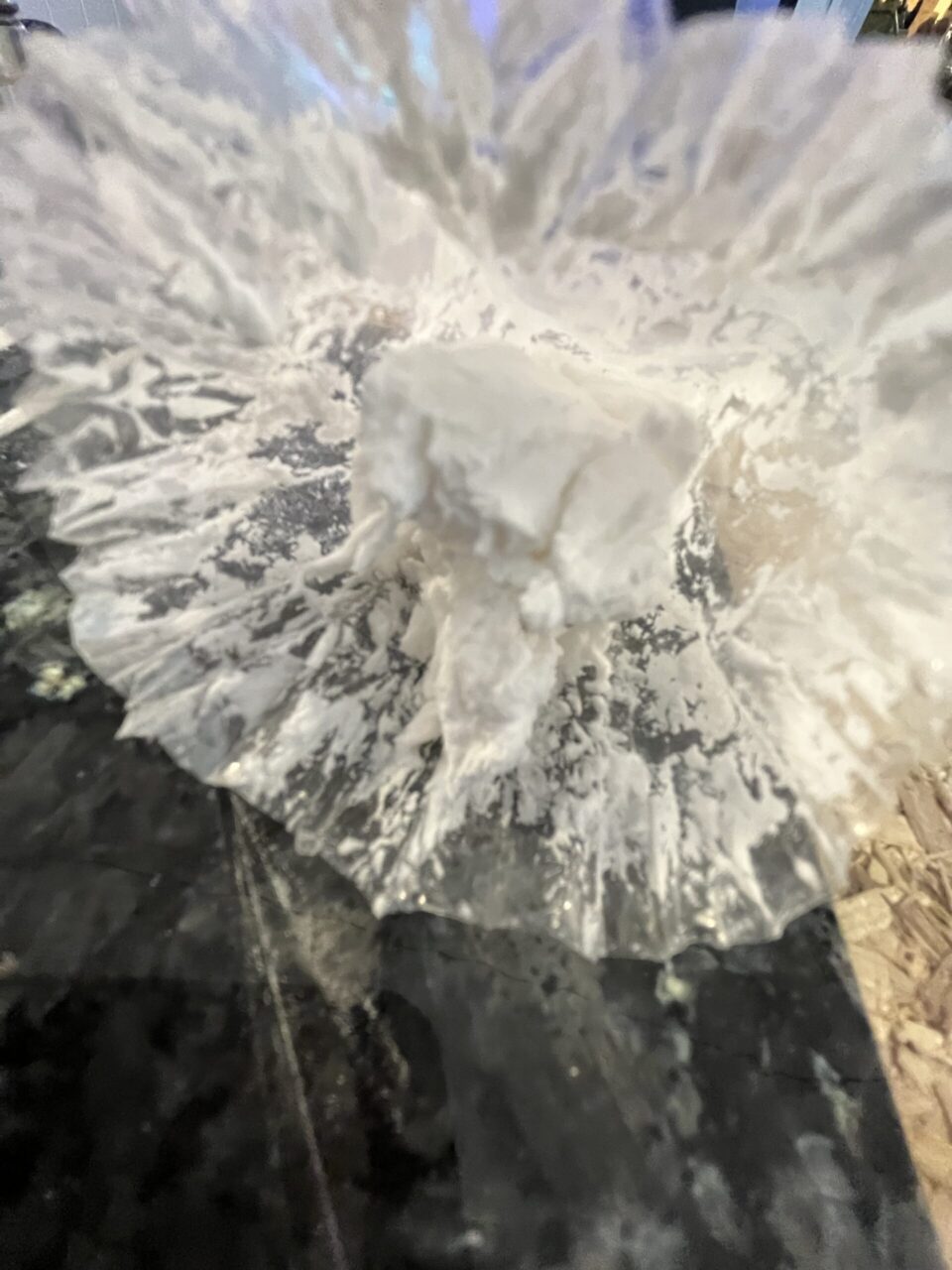Introduction:
In the realm of psychedelic substances, mescaline holds a unique and ancient allure. Derived from the peyote cactus (Lophophora williamsii) and a few other cacti species, mescaline has been used for thousands of years by indigenous cultures for its profound spiritual and therapeutic properties. In recent years, as interest in psychedelic research and therapy has surged, mescaline has garnered attention for its potential in unlocking the depths of human consciousness. In this blog post, we delve into the fascinating world of mescaline, exploring its history, effects, and the renewed interest surrounding its potential benefits.
A Historical Tapestry:
The roots of mescaline’s use trace back to pre-Columbian civilizations in the Americas. Native tribes such as the Huichol, Tarahumara, and several others revered mescaline-containing cacti as sacred allies, integrating them into their spiritual practices and rituals. For them, mescaline served as a gateway to commune with higher realms, gain insights, and heal the mind, body, and spirit. The profound reverence for this substance has endured through generations.
The Psychedelic Experience:
Mescaline, as a psychedelic compound, falls into the phenethylamine class, sharing similarities with other substances such as LSD and psilocybin. When consumed, mescaline induces a unique altered state of consciousness, characterized by vivid visual hallucinations, enhanced sensory perception, synesthesia (the blending of senses), and a deep sense of interconnectedness. Users often report experiencing a heightened appreciation for nature, intense introspection, and a dissolution of the ego.
While the effects of mescaline can vary from person to person, a typical mescaline experience can last anywhere from 8 to 12 hours. The journey is often described as profound and insightful, with users reporting increased self-awareness, introspection, and a greater understanding of their place in the world.
Potential Therapeutic Applications:
The resurgence of interest in psychedelic research has naturally extended to mescaline, with scientists and therapists investigating its potential therapeutic applications. Initial studies indicate that mescaline-assisted therapy shows promise in treating mental health conditions such as depression, anxiety, and addiction. The compound’s ability to induce mystical experiences and facilitate introspection may help individuals confront and process deep-rooted traumas, leading to transformative healing.
However, it is crucial to emphasize that mescaline, like other psychedelics, should only be used under the guidance of trained professionals in controlled settings. The integration of the experience and appropriate support are essential components of maximizing the potential benefits while minimizing potential risks.
Cultural and Legal Considerations:
Due to its historical and cultural significance, mescaline’s use enjoys some legal protections in certain countries, particularly when derived from traditional cacti sources like peyote. However, regulations surrounding its use can vary widely, and it is essential to understand and respect the legal framework in one’s jurisdiction.
Conclusion:
Mescaline stands as a profound and time-honored ally in the realm of psychedelics. Its rich history, powerful effects, and potential therapeutic applications have propelled it to the forefront of psychedelic research. As scientists and therapists explore its potential benefits, we may unlock a greater understanding of the human mind, consciousness, and the mysteries of our existence. However, it is important to approach mescaline, and all psychedelics, with respect, caution, and a deep understanding of their effects and potential risks. By doing so, we may continue to unravel the depths of our own consciousness and foster a more enlightened understanding of ourselves and the world around us.

